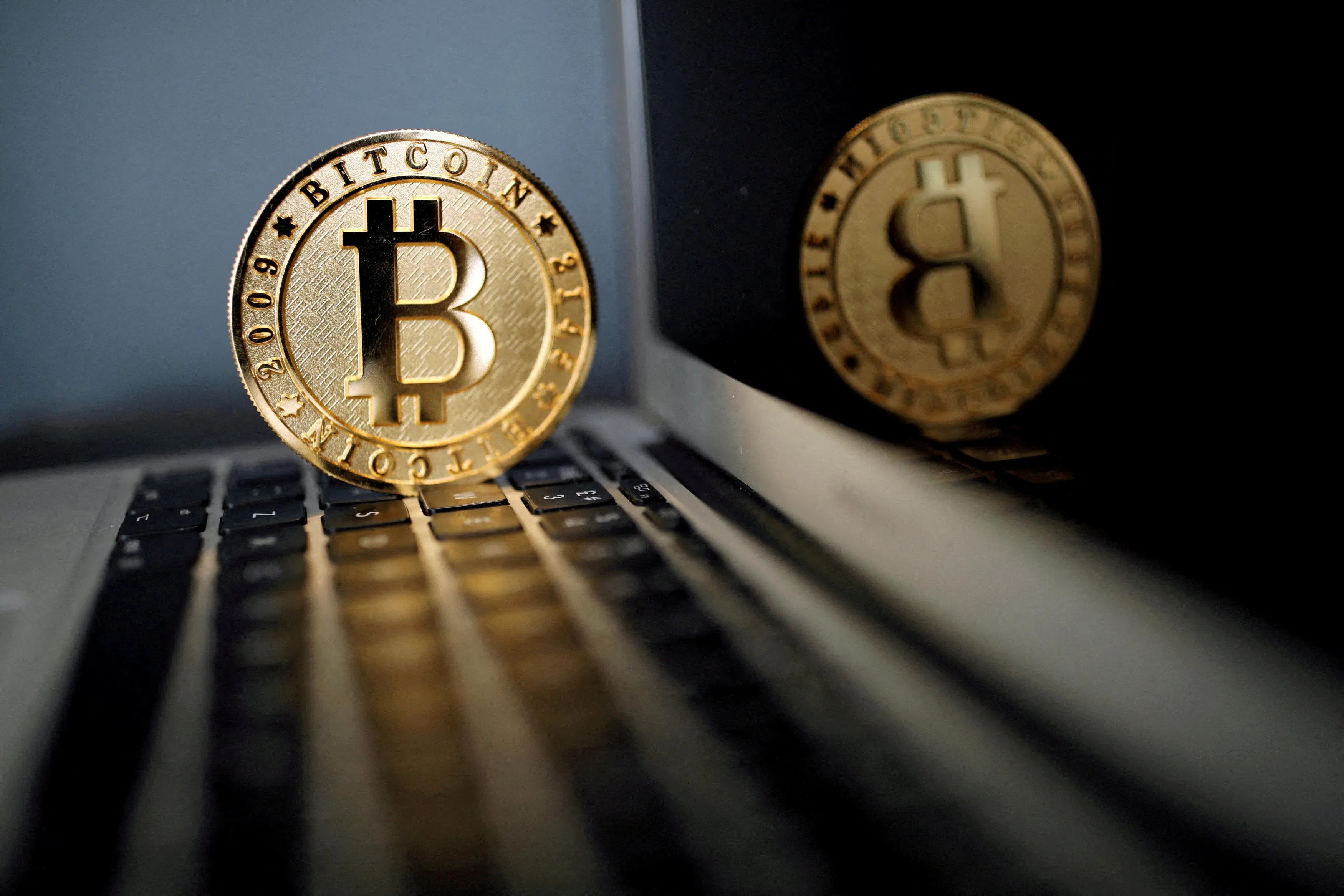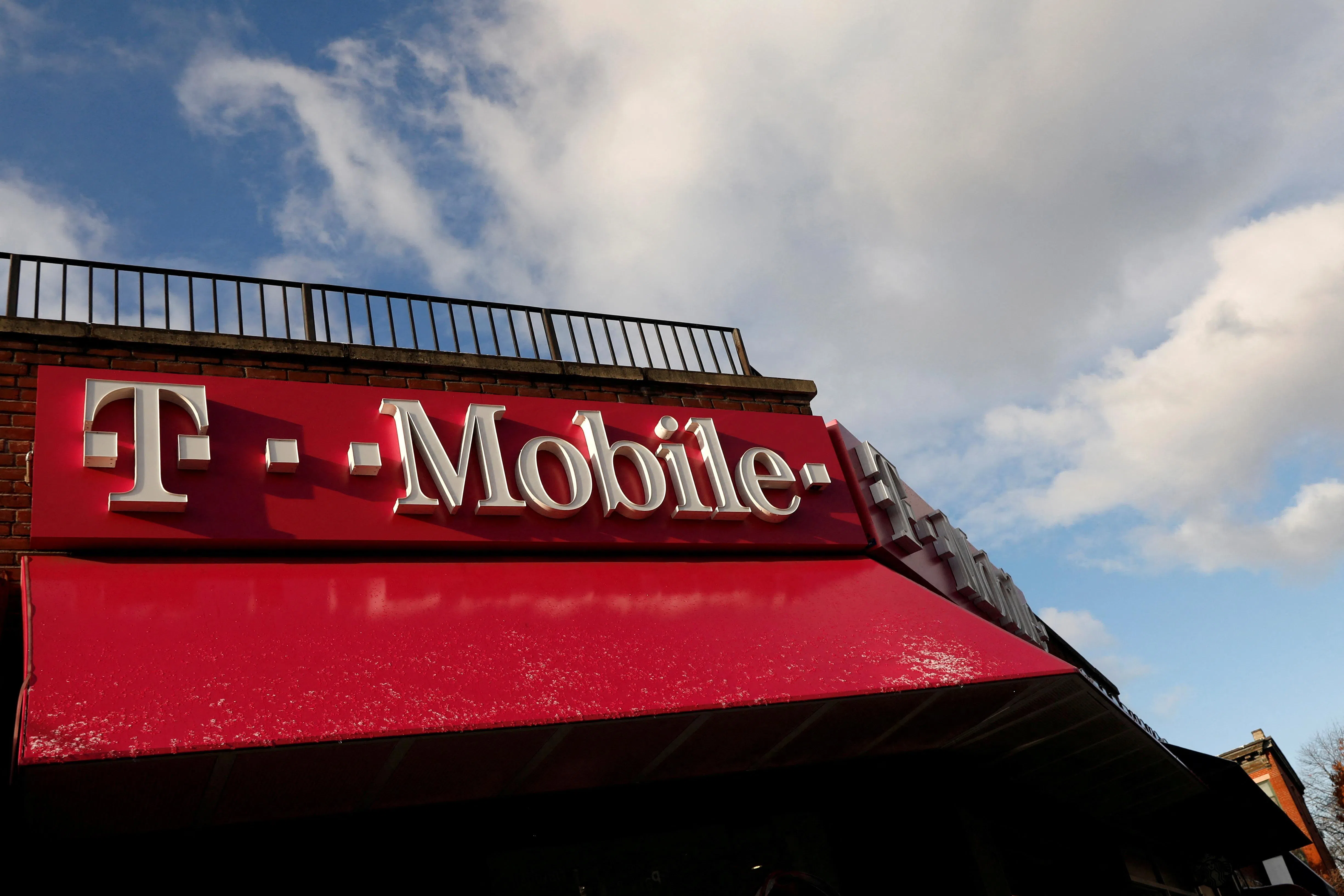WITH mining rewards halved, mining difficulty elevated and the shiny new Bitcoin exchange-traded funds (ETFs) stealing investor capital, it’s been a tough year for Bitcoin miners.
Marathon Digital and Riot Platforms, among the biggest US-listed miners, have dropped about 10 per cent and 33 per cent respectively so far this year, even as Bitcoin has climbed 60 per cent year-to-date to US$67,859, after hitting a record level in March.
Mining stocks closely track Bitcoin as a higher price boosts their profits margins.
However, market analysts said the launch of the 11 Bitcoin ETFs at the start of this year prompted some investors to rotate out of mining stocks – earlier among the few stocks offering exposure to Bitcoin – in favour of the ETFs that track the spot price.
“There’s been a lot of institutional money flow into the ETFs as opposed to using the miners as a proxy for exposure to Bitcoin,” said Pascal St-Jean, president at the global digital asset investment manager 3iQ.
Power-hungry miners compete to solve complex mathematical puzzles to build the Bitcoin blockchain and earn rewards in the form of new Bitcoin.
GET BT IN YOUR INBOX DAILY
Start and end each day with the latest news stories and analyses delivered straight to your inbox.
Their rewards were halved in April to 3.26 Bitcoin per block in a technical adjustment that occurs roughly every four years, designed to reduce the rate at which new Bitcoins are created.
As a result, miners revenue per transaction has fallen from over US$192 in March to just US$60 currently, the lowest since last September, as per Blockchain.com data.
Bitcoin’s network difficulty – a measure of how difficult it is to mine one Bitcoin block – has climbed fairly steadily since the start of the year, as per Blockchain.com data, touching an all-time high in early May.
“Miners have to work hard to increase their efficiency, which typically involves spending on better hardware,” said David Morrison, analyst at brokerage Trade Nation.
The 14 US-listed miners, which account for 23 per cent of the global Bitcoin mining power, are better positioned to take advantage of the new environment, JPMorgan said in May.
This is mainly due to greater access to funding and, in particular, equity financing which “helps them to scale their operations and invest into more efficient equipment,” JPMorgan analysts said.
The listed Bitcoin miners raised more than US$3 billion in equity capital in the first quarter of 2024, the most in the past two years, JPMorgan added.
To rein in energy costs some players are resorting to moving their operations to countries where energy prices are more affordable, and governments friendlier to digital assets.
“We are less optimistic about the US because of the … potential risks like tax discussions,” said Youwei Yang, chief economist at Bit Mining, who noted new establishments in Ethiopia.
M&A and data centre expansion
As their revenue falls, market analysts expect to see more mergers among Bitcoin miners, where those with more capital target less efficient miners to stay competitive. CleanSpark has purchased more mining rigs and acquired smaller mining facilities at the beginning of the year.
“The market remains bifurcated with companies that have access to capital in a position to grow, while those less fortunate most likely selling owing to reduced revenues post the halving,” said Gregory Lewis, analyst at brokerage BTIG that covers the US-listed Bitcoin miners.
In search of more revenue, some crypto mining companies are hitching their wagon to the artificial intelligence craze, taking advantage of their existing stashes of energy hungry computing power to meet the needs of AI systems.
Miners such as Bit Digital, Hut8 Iris Energy and Core Scientific have ventured into AI services or high-performance computing.
“There are just too many Bitcoin mining operators operating subscale, while demand for generative AI and computation dense data centres continues to grow and create competition for land and power,” said Bernstein analyst Gautam Chhugani said. REUTERS



